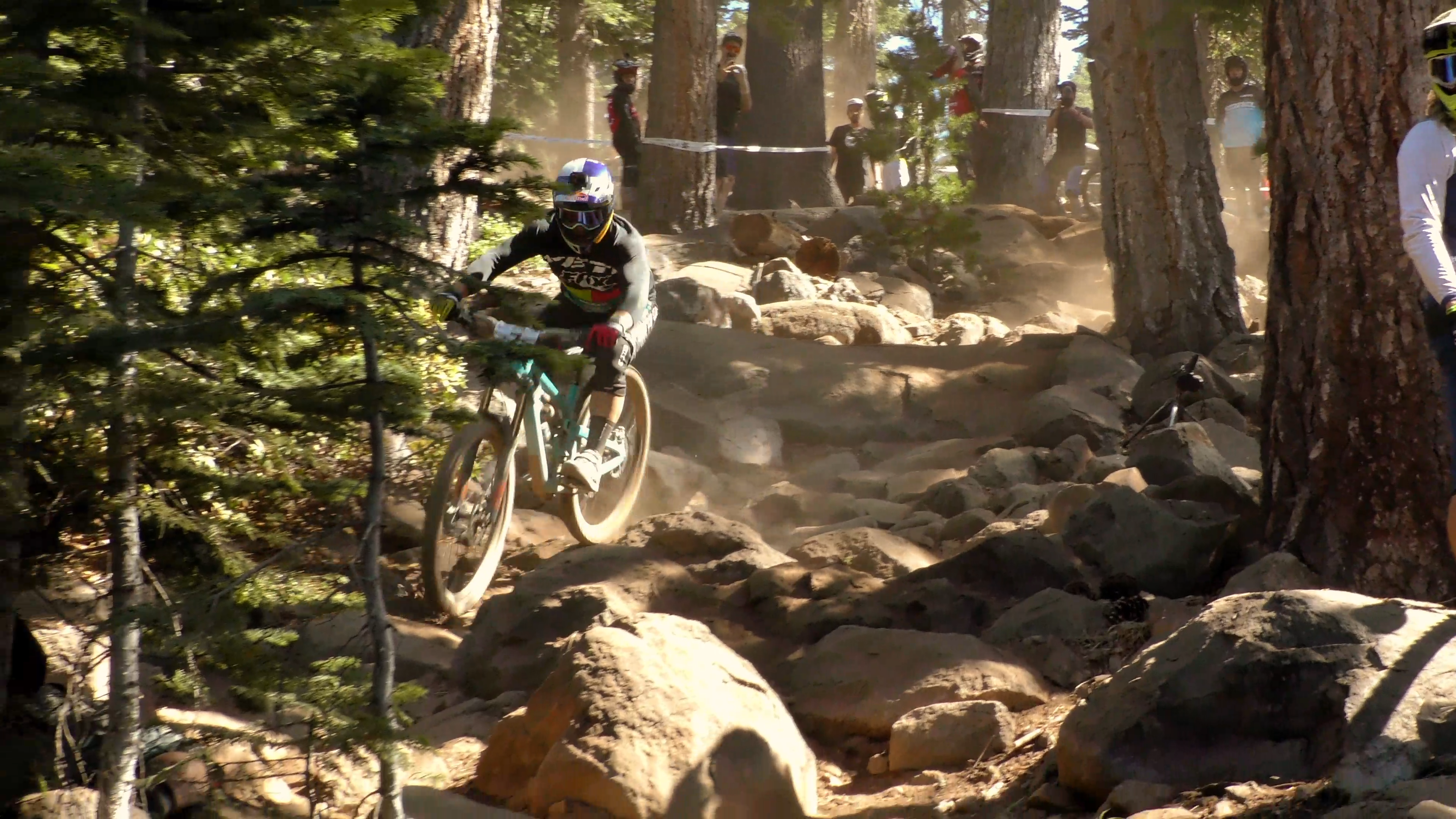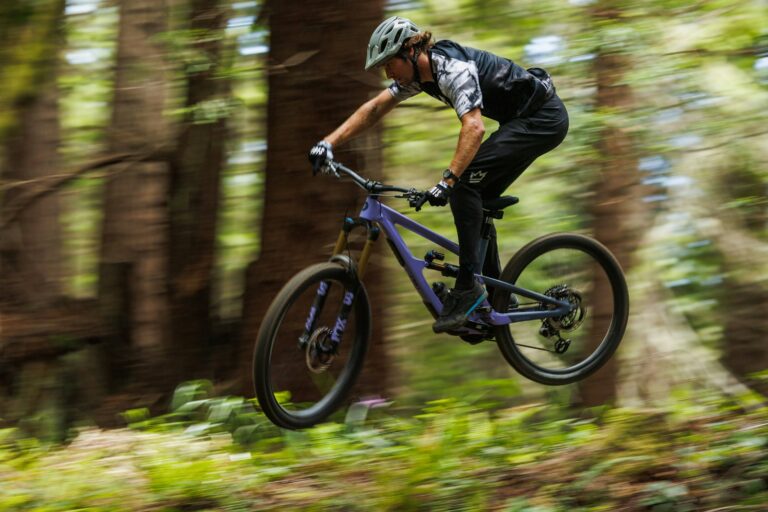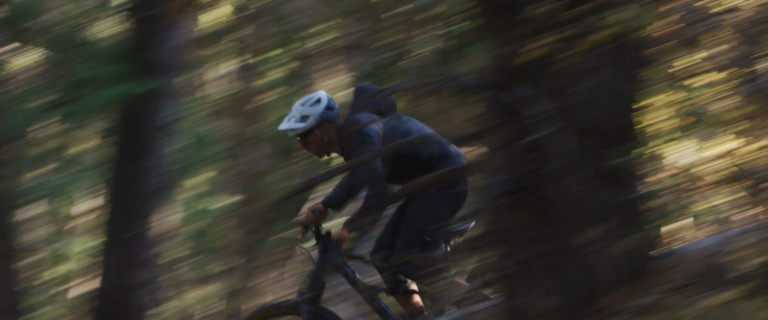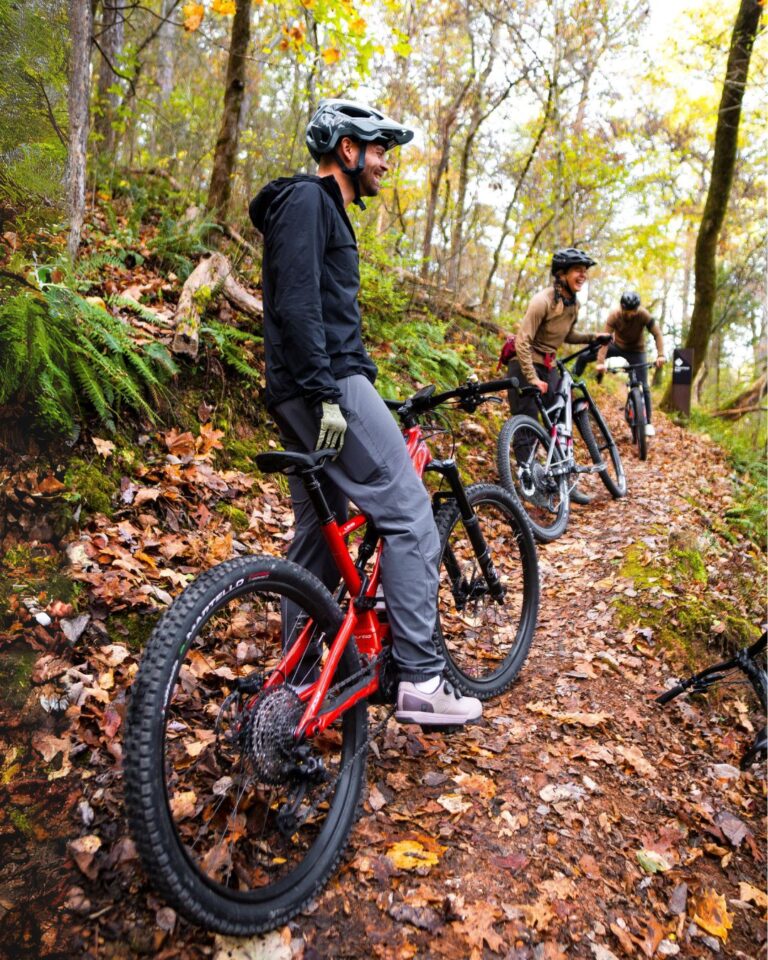Trail Mastery: Tire Choices for Trail Riding
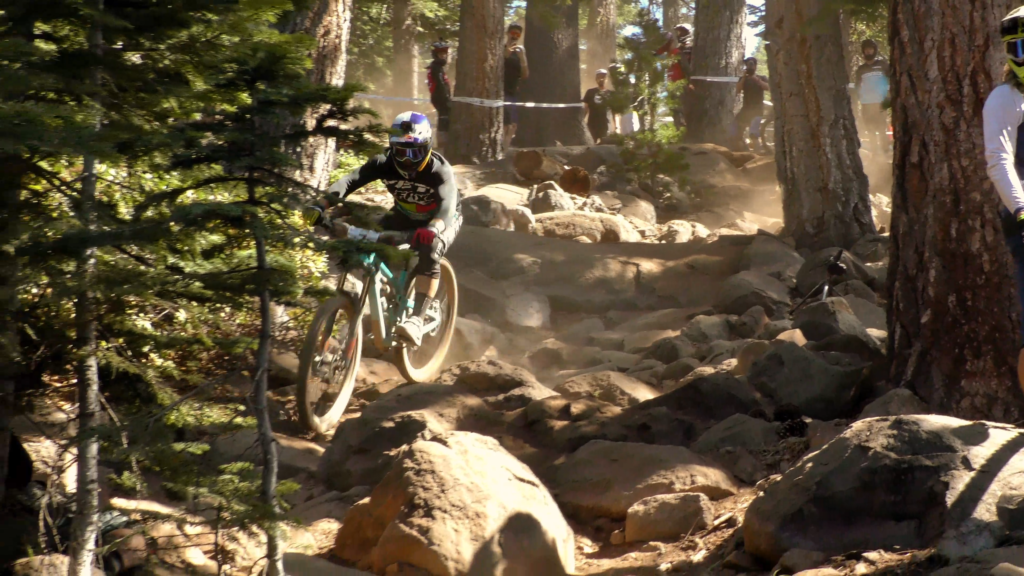
Key Point Summary of Tire Choices for Trail Riding:
- Tire Choices for Trail Bikes: Focus on selecting tires that balance grip, durability, and performance on varied terrain.
- Grip and Tread Patterns: Understand how different tread patterns affect traction and handling in various trail conditions.
- Durability and Tire Construction: Learn about tire construction elements that contribute to durability and how they affect ride quality.
- Tire Width and Pressure: Discover the importance of tire width and pressure in enhancing trail riding experience.
As a cyclist who has spent decades racing and riding across a myriad of terrains—from the muddy paths of cyclocross races to the rocky descents of mountain biking adventures—I’ve come to appreciate the pivotal role tires play in the trail riding experience. The right set of tires can transform a good ride into a great one, offering the confidence to push harder, ride faster, and explore further. Let me share with you the essence of choosing the perfect tires for your trail adventures, drawing on years of experience and a few memorable stories from the saddle.
The Foundation of Trail Riding: Grip and Tread Patterns
Grip is the cornerstone of a good trail tire, providing the confidence to navigate through challenging terrain with ease. Tread patterns play a significant role in this, with designs ranging from tightly spaced knobs for hardpack conditions to widely spaced lugs for mud-shedding capabilities.
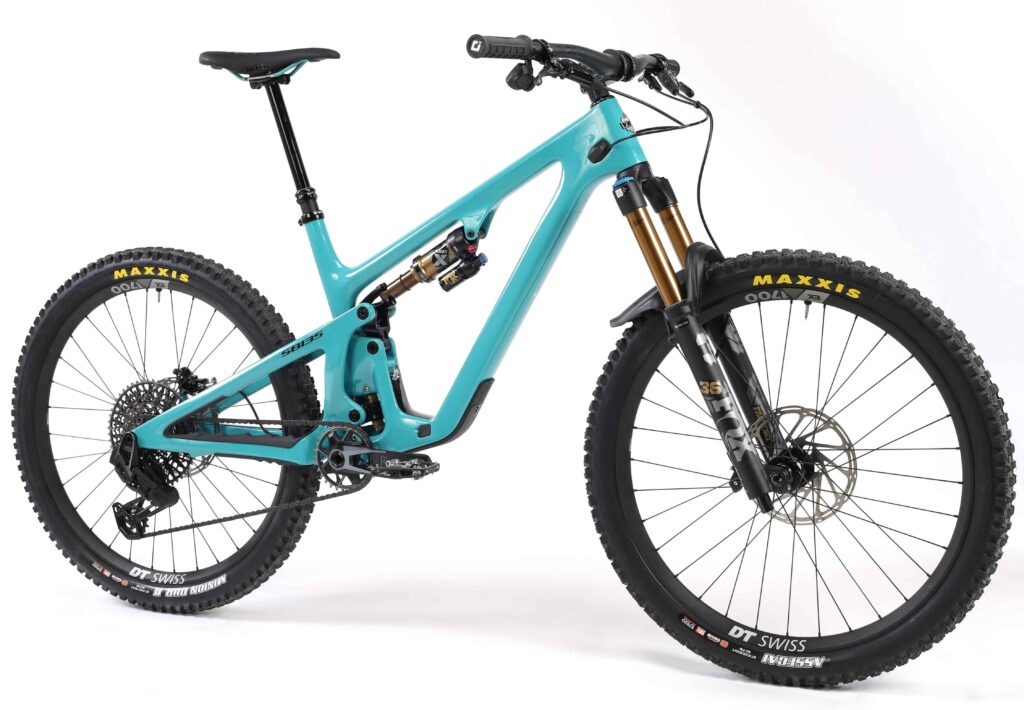
I recall a race where the skies opened up unexpectedly, turning the course into a slippery mess. My choice of tires with aggressive, widely spaced lugs was a game-changer, allowing me to maintain control and traction when many competitors were sliding around.
The lesson here is clear: the right tread pattern can make all the difference. For most trail riding conditions, a tire with a versatile tread pattern that offers a good grip on both loose and hardpacked surfaces is ideal. This usually means medium-sized knobs with ample spacing for mud clearance, and side lugs that provide extra bite in corners.
Durability Meets Performance: Tire Construction
Tire construction is a critical factor in durability, influencing how a tire withstands the rigors of trail riding. The materials used, the thickness of the tire, and the reinforcement technologies employed can all impact a tire’s longevity and how it performs under stress. I’ve had tires that, while offering exceptional grip, wore down quickly on abrasive terrain, leading to frequent replacements.
For trail riding, look for tires that strike a balance between durability and performance. A tire with a dual or triple compound rubber can offer the best of both worlds: harder compounds in the center for reduced wear and softer compounds on the edges for grip. Additionally, sidewall protection is crucial to prevent cuts and abrasions from rocks and roots.
The Role of Tire Width and Pressure
Tire width and pressure have a profound impact on the ride quality and performance of trail bikes. Wider tires, in the range of 2.3 to 2.6 inches, provide increased contact with the ground, enhancing grip and stability. On a personal note, switching to wider tires revolutionized my riding on loose, sandy trails, offering a level of control I hadn’t experienced with narrower options.
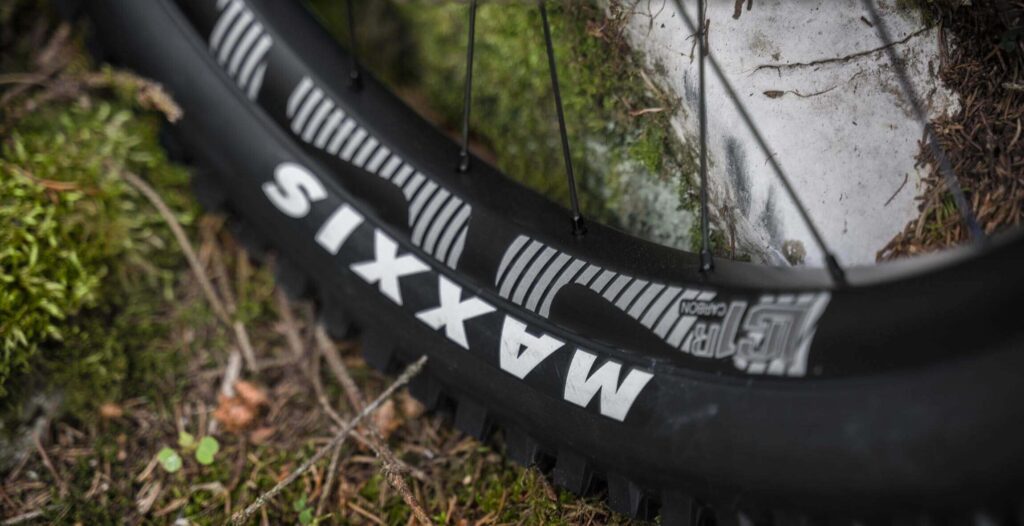
Tire pressure is equally important, with lower pressures allowing the tire to conform to the terrain, improving traction and comfort. However, too low pressure can lead to rim strikes and punctures. Finding the right balance is key, and it often requires experimentation based on your weight, riding style, and the terrain you frequent.
Embracing the Journey of Selection
Choosing the right tires for trail riding is a journey that involves considering your local terrain, riding style, and personal preferences. While the vast array of options can be daunting, the process of testing different tires and configurations is part of what makes mountain biking so rewarding.
Tire Choices for Trail Riding: In Conclusion
In the world of trail riding, tires are more than just a component; they’re your connection to the ground, your source of confidence on challenging terrain, and a significant contributor to your bike’s overall performance. By understanding the importance of grip, tread patterns, durability, and how tire width and pressure influence your ride, you’re well on your way to making informed decisions that enhance your trail experiences.
The Prime Example
For 29er: Trek Fuel EX

The Trek Fuel EX 29er is a versatile trail bike known for its balanced geometry, making it a great all-rounder for trail enthusiasts. With its larger 29-inch wheels, the Fuel EX excels in rolling over obstacles and maintaining speed over rough terrain. It features an efficient suspension setup and a frame design that provides a comfortable, yet playful ride. This bike is well-suited for those who enjoy long trail rides and appreciate the stability and momentum that 29-inch wheels offer.
For 27.5: Santa Cruz 5010

The Santa Cruz 5010 with 27.5-inch wheels is the epitome of agility and fun on the trails. It’s designed to be a nimble machine that can tackle tight turns and technical sections with ease. The 5010’s responsive handling and the inherent playfulness of its 27.5-inch wheels make it a favorite among riders who thrive on jumps, drops, and quick directional changes. The bike’s suspension is tuned to maximize traction and control, allowing riders to push their limits on challenging terrain.
Both of these models showcase the strengths of their respective wheel sizes, offering distinct riding experiences tailored to different preferences and trail conditions.
The best tire for you is the one that suits your riding style and the conditions you face most often. So don’t be afraid to experiment, and enjoy the ride!
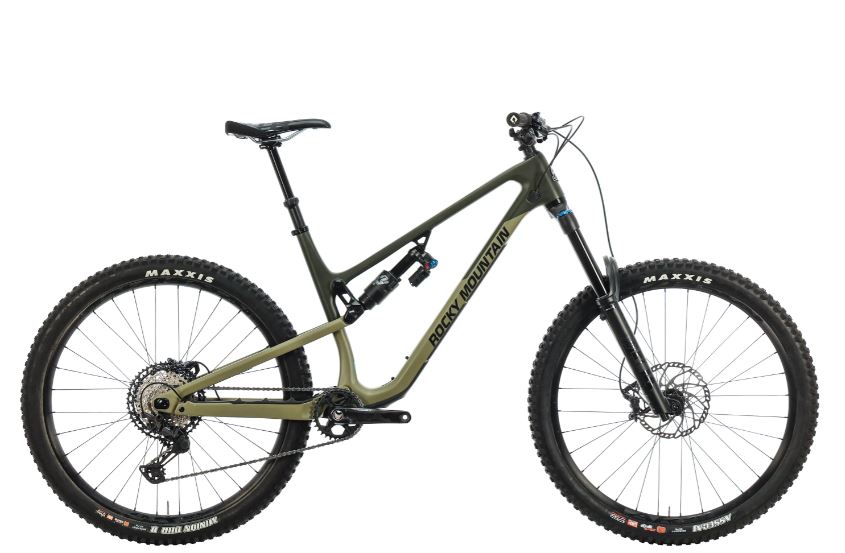
FAQ
What is the best tyre width for trail riding?
The ideal tire width for trail riding typically ranges from 2.3 to 2.6 inches. This width provides a good balance of traction, comfort, and control on varied terrain.
Are mud tires good for trail riding?
Mud tires are specifically designed for wet and muddy conditions and can offer superior grip in these environments. However, for general trail riding across a variety of conditions, they may not be the best choice due to higher rolling resistance on dry and hardpacked surfaces.
Is pavement bad for MTB tires?
Riding on pavement is not inherently bad for mountain bike (MTB) tires, but it can lead to faster wear of the tread, especially for softer, more aggressive tire compounds designed for off-road use. For occasional pavement riding, it’s usually not a concern, but regular riding on hard surfaces can shorten the lifespan of MTB tires.
